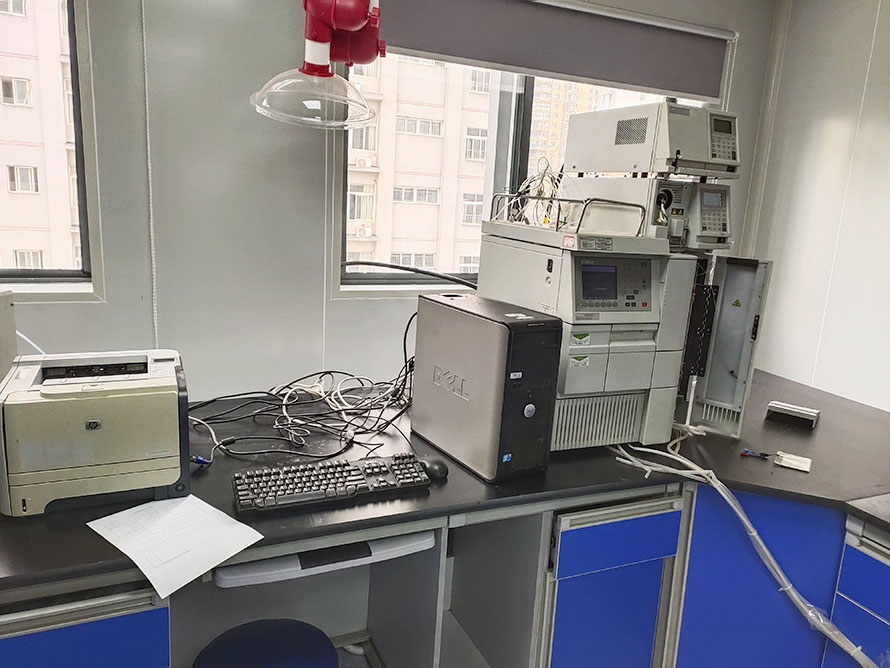Printed Circuit Board (PCB) is an indispensable part of electronic circuit manufacturing. It achieves electrical connections between electronic components by fixing circuit elements and conductive lines on insulating substrates. Producing high-quality PCBs is one of the key links in electronic product manufacturing, involving multiple steps and process points. The following are some of the main manufacturing process points:
Design and layout: This is the first step in PCB manufacturing, where designers need to design the PCB layout based on the circuit diagram. Factors to consider during design include component layout, routing, power and ground distribution, signal isolation, etc. A well-designed layout can improve the reliability and performance of the circuit.
Material selection: The choice of PCB material directly affects the performance and cost of the circuit. Common PCB materials include FR-4, copper foil cloth, and copper-clad foil. Material selection should consider factors such as PCB thickness, heat resistance, insulation, and conductivity.
Drilling: Drilling is a critical step in PCB assembly, including hole punching, drilling, and cleaning. It is necessary to ensure that the hole size, position, and accuracy meet the design requirements.
accuracy meet the design requirements.
Surface treatment: Surface treatment refers to coating a protective film on the PCB surface to prevent corrosion and improve its mechanical strength. Common surface treatment methods include electroplating, chemical plating, oxidation, and etching.
Etching: Etching is the process of removing unnecessary copper foil from the PCB to form the required circuit patterns. Good control over the concentration, temperature, and time of the etching solution is necessary during etching to ensure the etching effect.
foil from the PCB to form the required circuit patterns. Good control over the concentration, temperature, and time of the etching solution is necessary during etching to ensure the etching effect.
Copper plating: After etching, copper plating is required on the PCB to form the required circuit patterns. Good control over the thickness and uniformity of the copper layer is necessary during copper plating to ensure the conductive performance of the circuit.
Assembly and testing: Assembly involves soldering components onto the PCB, while testing is to check whether the circuit is working properly. Good control over the soldering temperature and time is required during assembly to ensure the quality of the component soldering. Testing requires various testing instruments to check the functionality and performance of the circuit.
This is some of the key points of the manufacturing process of printed circuit boards (PCBs), and to produce high-quality PCBs, strict control over each stage is necessary to ensure the reliability and performance of the circuit.
each stage is necessary to ensure the reliability and performance of the circuit.
